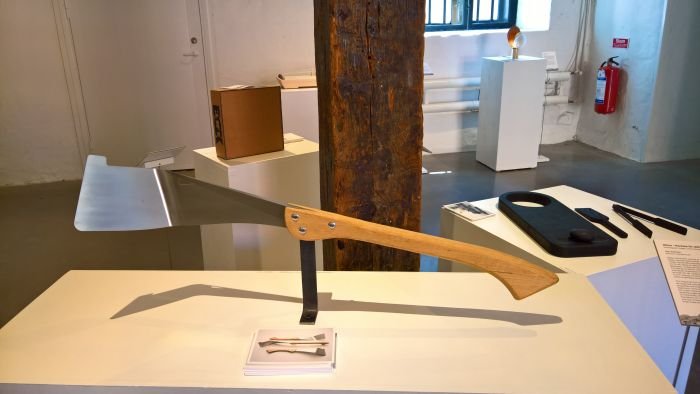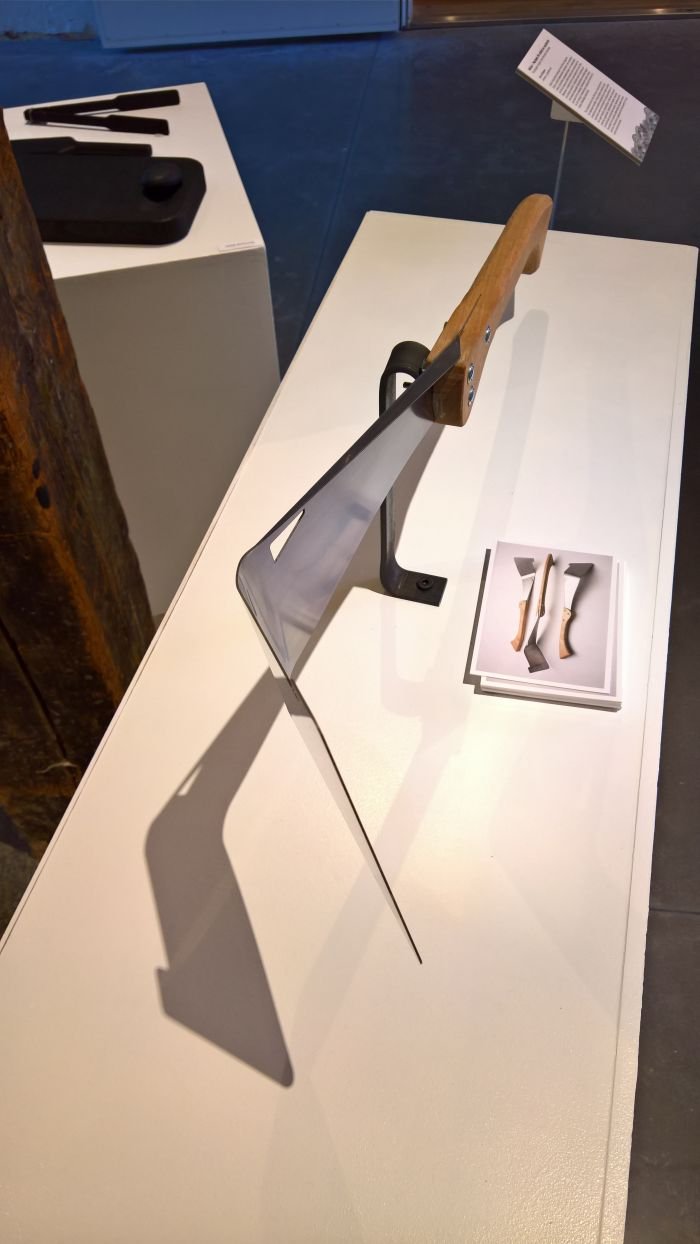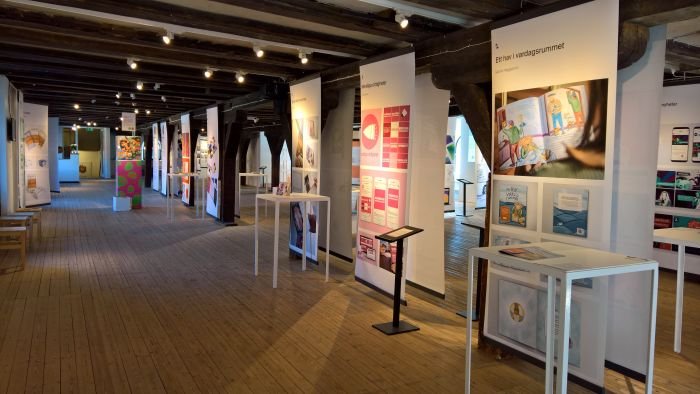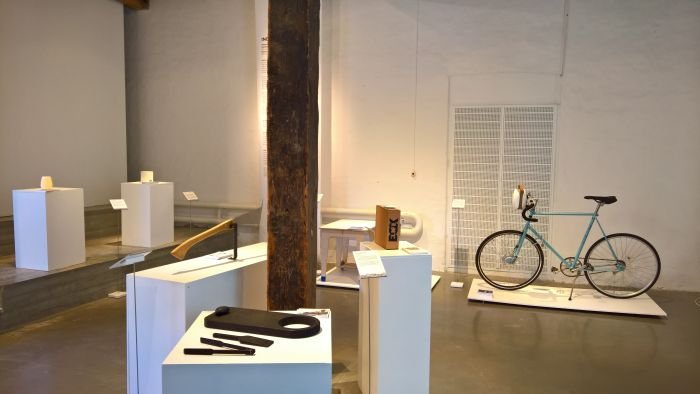Lilla torg, the square in Malmö old town which the Form/Design Center calls home, traces its history back to Malmö's hanseatic days, the former market of yore having evolved over the centuries to become one large open air food court, bordered as it is on all sides by restaurants, bars and coffee shops, which spill gregariously out into the ever narrowing square.
The functional, ordered, democratic supply of provisions, having become a self-satisfying celebration of the same.
What would Émile Zola say?
And would the projects on show at the Form/Design Center's 2018 Vårutställning - Spring Exhibition - of student graduation projects help lighten his humour.....?
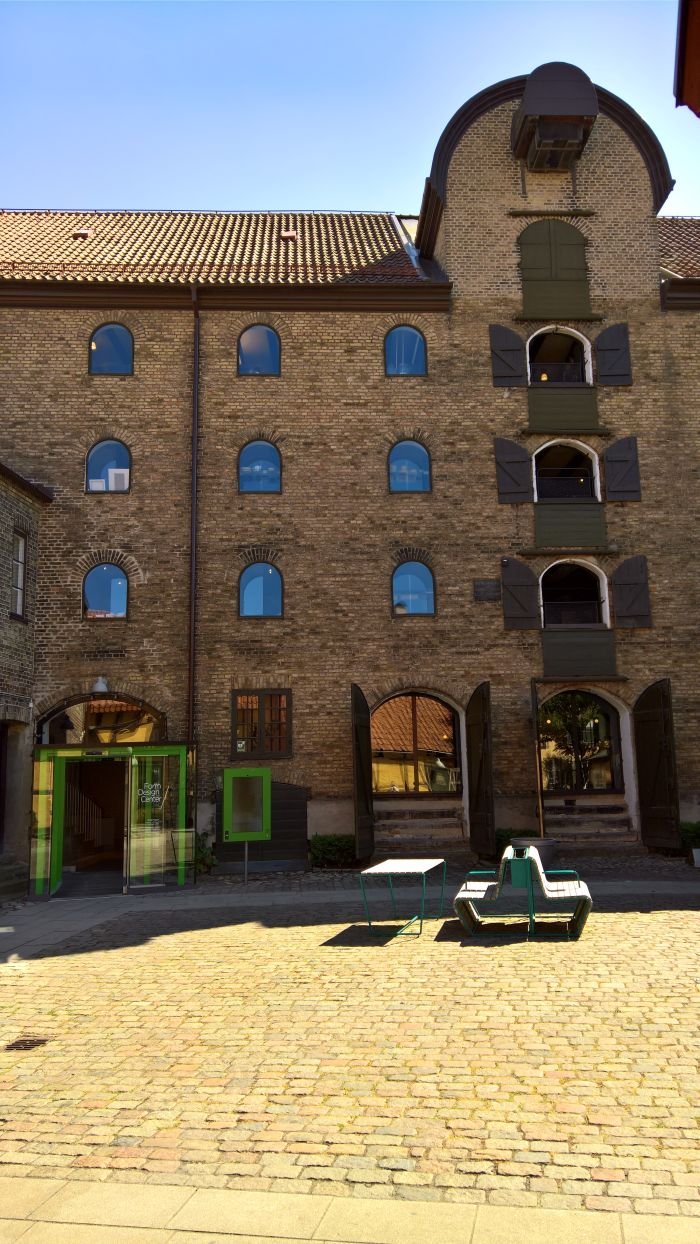
As is tradition Malmö's Form/Design Center's Vårutställning exhibition provides a platform for architecture and design graduates from Malmö and Lund Universities to present their graduation projects; specifically in context of the 2018 showcase that meant Architecture and Industrial Design graduates from Lund University and Architecture, Visualisation & Communication, Graphic Design, Product Design and Visual Communication graduates from Malmö
That we posted about both Malmö and Lund in context of our 2017 #campustour we refer you dear reader to our 2017 posts from Lund and Malmö for the histories of the two institutions. As far as we are aware they haven't changed in the past twelve months. Although, that said, in our contemporary post-fact world......
As with the Degree Exhibition at Konstfack, Stockholm, recurring themes at the 2018 Vårutställning, for all amongst students from Malmö University, were questions of gender equality, misogyny, et al, with numerous projects exploring female empowerment and emancipation including the creation of visuals for social media campaigns highlighting prominent women, a booklet encouraging female employees to demand equal pay and an exploration of how Malmö's public spaces can be made less daunting and threatening for females; the latter being one of several architecture projects exploring public space design and public participation in public space design processes.
Elsewhere, and as ever accepting that we may have missed/misunderstood some projects, the following projects got us thinking.......
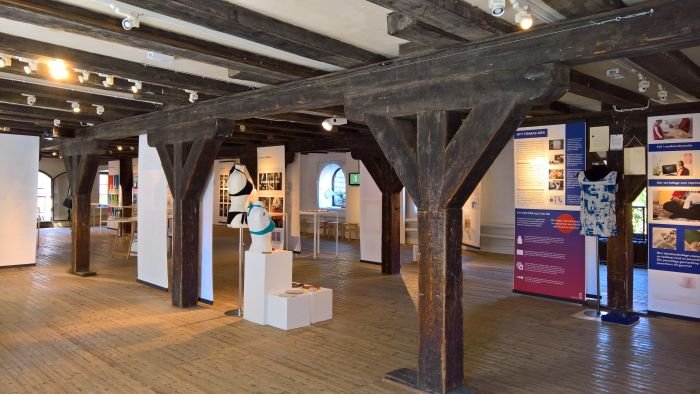
New materials are always a happy hunting ground for student projects, and with his Malmö University Product Design Bachelor graduation project Simon Alse explored the potential of bacterial cellulose as a material in product design. The idea of using of bacterial cellulose isn't new, it is currently used, or is at least is being experimented with, in various contexts; the interesting aspect for us about Simon's project, assuming that is not too much got lost in translation, is that on the one hand the production of the cellulose is based on a low-cost, low-tech, local process using organic waste, specifically left over apple mush from juicers, but also that Simon has specifically explored bacterial cellulose's use as a textile, something with which the user comes into direct contact rather as a hidden/integrated component as is so often the case.
Presented as a proposal for stool seat one can argue all night about the visual impression made by the material; however, the more important questions are ones of durability, formability and if it can be scaled up to allow for meaningful production levels. And if the answer to all three is "yes", then bacterial cellulose could be an interesting option for a sustainable new material across a range of product genres.
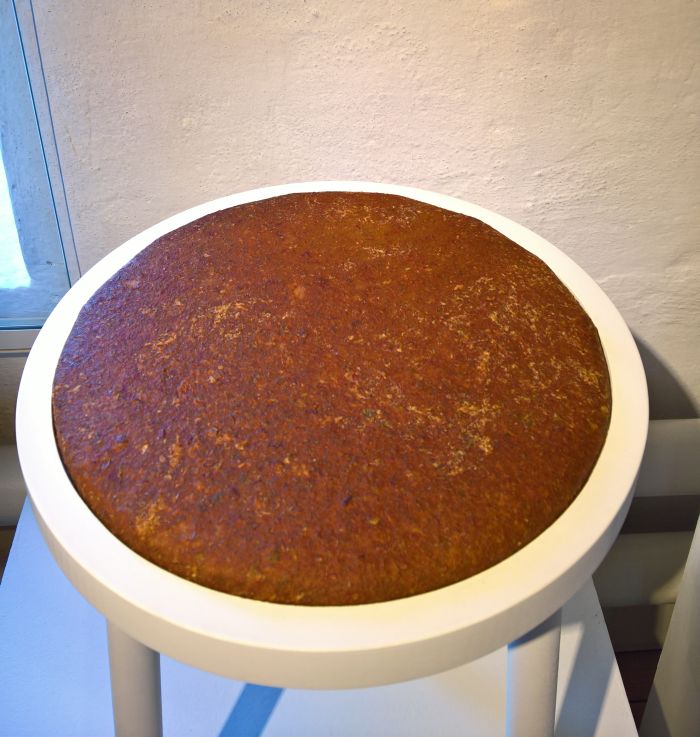
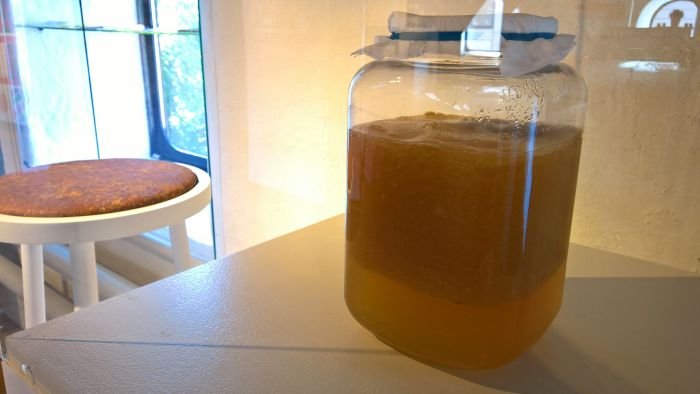
Our attraction to Homebase Furniture was less the objects presented and much more the thinking that lies behind them.
Developed by Nora Buerhop in cooperation with Lund based furniture leasing company Hemmlis in context of her Product Design Bachelor at Malmö University, Homebase Furniture is a modular system based around a small number of very simple components which can be effortlessly combined to create desks, tables, seating or shelving.
So far, so familiar.
They key to the project however is in its distribution.
Specifically aimed at students, a group whose furniture demands are rarely as stable as others, Nora proposes a system where individuals rent components from the system for as long as they need them. When they no longer need them, they are returned to Hemmlis who smarten up the inevitable signs of use and then put the components back into the cycle where they can be rented to new users. Thereby extending the life-cycle of the system by making the components available to multiple users. Yes eventually the components will achieve a state where they can no longer be smartened up, however being wooden there are not only innumerate sustainable options for recycling them, but replacement pieces can be responsibly, and locally, produced.
And as appealing as the distribution system, is the tool-free, idiot proof construction system.
Although specifically aimed at students, we wouldn't necessarily limit it to such, but much more see it as a proposal for a new form of furniture consumption in a wide range of private and commercial contexts; forever isn't as long as it used to be and for an increasing number of groups and individuals flexibility and versatility are becoming ever more important, a situation the furniture industry needs to consider.
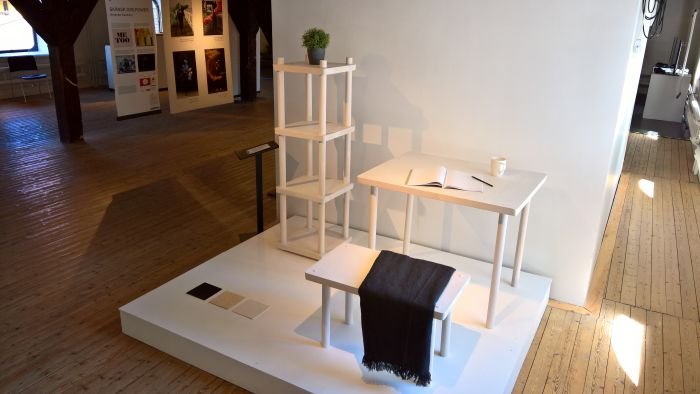
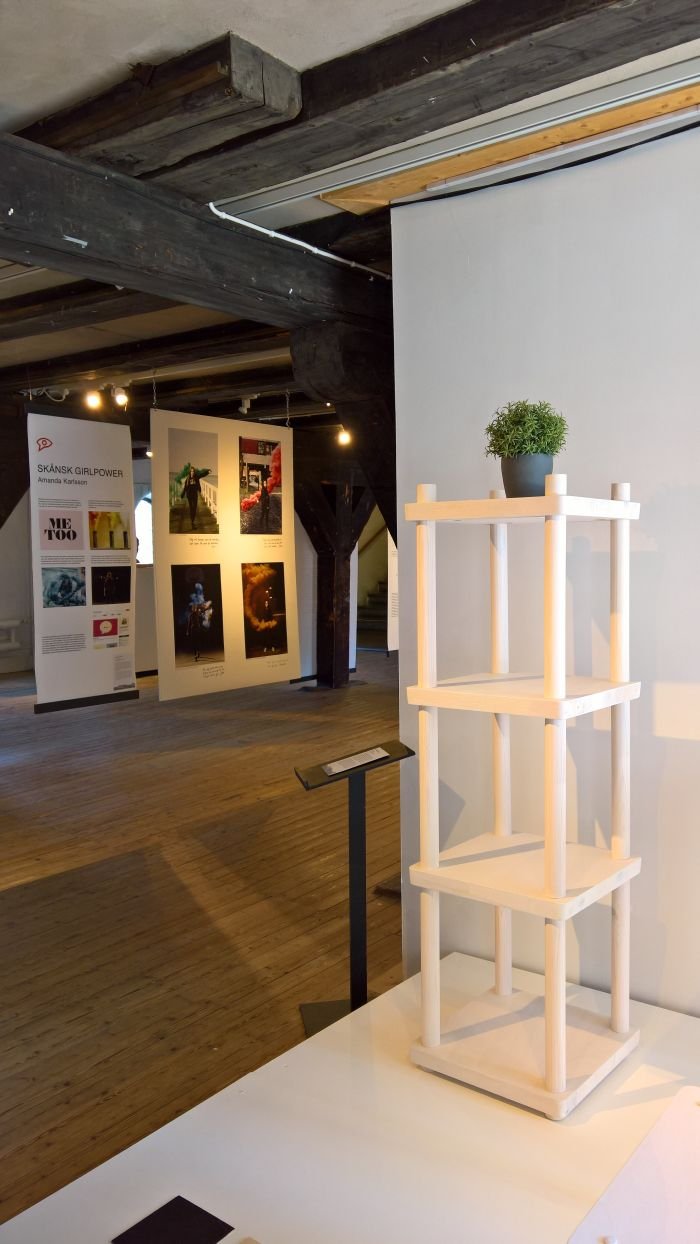
There can be fewer simpler and more universal tools than the machete. We once saw a man chop a tree down with one. He was at it for hours and hours and hours, hacking, hacking away.
Which underscores that "simple" and "universal" aren't synonyms for "optimal".
For his Industrial Design Bachelor project at Lund University Olov Eriksson considered the requirements of the sugar cane harvester, and for all the requirements of their tools, and developed Hélice a machete with an angled blade, and which according to Olov allows for a more "ergonomic work environment" for harvesters. A claim we see absolutely no reason to doubt.
In addition to the direct functional improvement Olov has also improved the practicality of the object through the use of a replaceable blade; an important consideration with a plant as resistant as sugar cane and where blades can quickly become blunt. And sharpening is only possible so often.
Hélice is Spanish for propeller, if Hélice allows harvesters to harvest sugar cane with a similarly rapid motion is unclear, but it certainly has all the hallmarks of allowing for an improvement in their working conditions; as well as being a nice reminder that one of the responsibilities of designers is problem solving, improving situations, including in relatively niche contexts, and not just developing decorative household objects aimed at a market of millions.
Full details on Malmö University School of Arts and Communication can be found at www.mah.se
Full details on Lund University School of Industrial Design can be found at www.industrialdesign.lth.se
